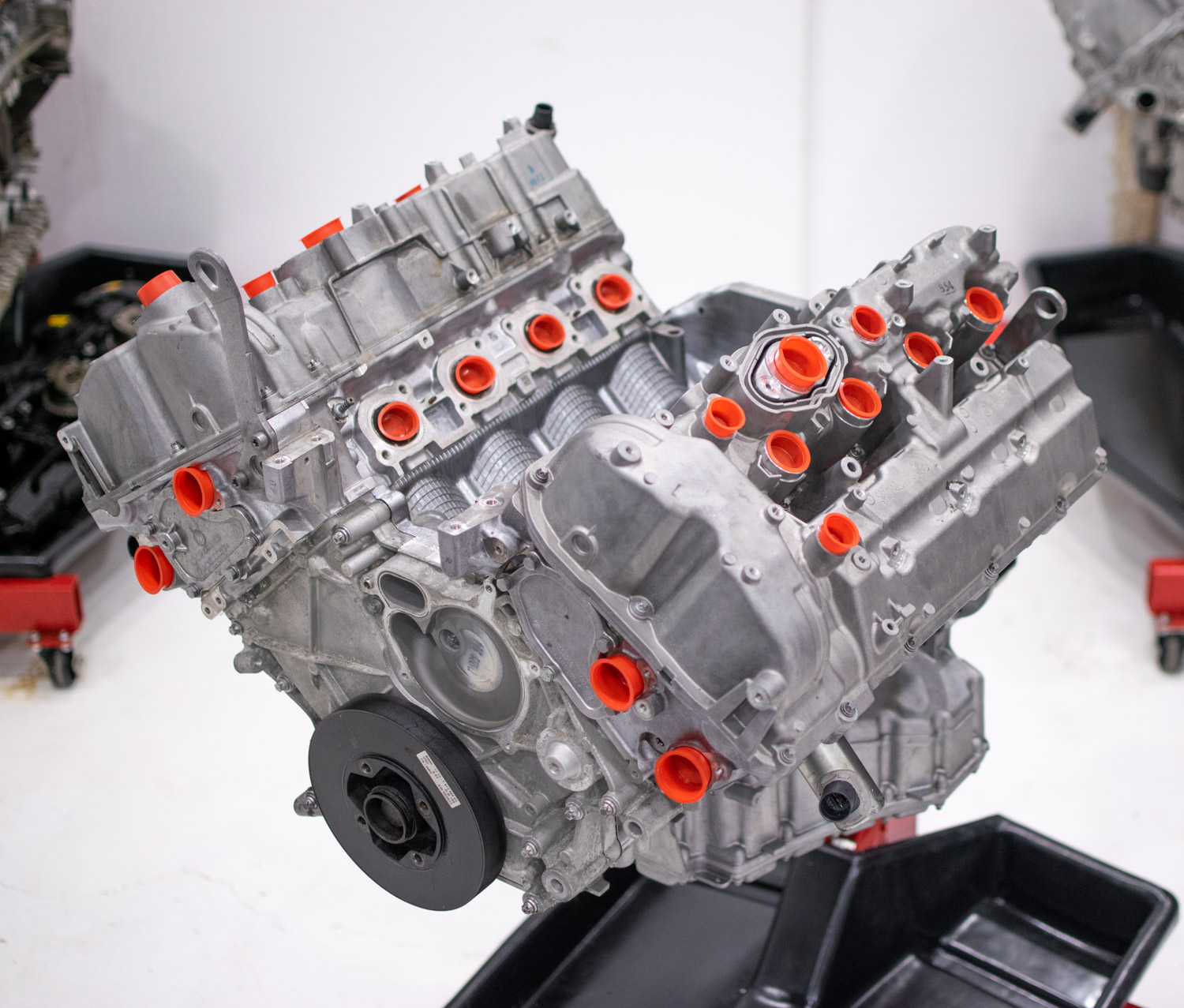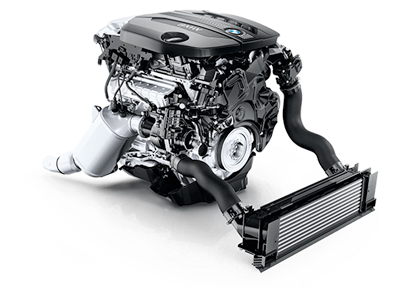The Evolution of the BMW Engine: A Recall at Iconic Models
The Evolution of the BMW Engine: A Recall at Iconic Models
Blog Article
Discovering the Development of Burning Engines in Modern Transport Systems
As we navigate the landscape of modern transportation, the evolution of burning engines stands as a testimony to human resourcefulness and engineering expertise. The interplay of history, innovation, and ecological worries in forming the trajectory of combustion engines creates a story that is both informative and engaging.
Early Beginnings of Combustion Engines
Exactly how did the concept of burning engines very first arise in the beginning of transportation growth? The origins of combustion engines can be traced back to the 17th century when the concepts of interior burning were initial explored. In 1673, Christian Huygens conceived a fundamental internal combustion engine that used gunpowder to create power. It had not been until the late 19th century that useful applications of combustion engines in transportation started to emerge.
The advancement moment came with the creation of the very first successful gasoline-powered engine by Karl Benz in 1885 - bmw engine. This engine led the way for the advancement of the contemporary auto, transforming transport systems worldwide. Succeeding innovations by Nikolaus Otto and Gottlieb Daimler further fine-tuned combustion engine modern technology, resulting in the automation of automobiles and the rapid expansion of the transport market
These very early combustion engines were defined by their simplicity and effectiveness, laying the structure for the complex and powerful engines utilized in modern transportation systems. The evolution of combustion engines has actually been critical fit the means we travel and move products, marking a substantial turning point in the history of transport development.
Transition to Internal Combustion Technology
The transition to internal burning innovation noted a critical shift in the development of transportation systems. This change started in the late 19th century, with creators like Nikolaus Otto and Gottlieb Daimler creating the first effective internal combustion engines. These engines reinvented transport by offering a much more effective and efficient option to heavy steam engines and electric motors.
Among the key benefits of inner burning engines was their ability to be scaled down to match cars, bring about the growth of automobiles and motorcycles. This change from bulky, stationary engines to small, mobile ones paved the means for the modern-day transport systems we see today.
The change to interior combustion modern technology likewise stimulated advancements in fuel modern technology, causing the growth of gasoline and diesel as main fuel resources for lorries. This change not only made transportation a lot more accessible to the masses but additionally laid the foundation for the oil and gas sector to become important to global economies.
Impact of Combustion Engines on Transportation
The adoption of burning engines in transport systems militarized an extensive shift in the efficiency and speed of international mobility. Burning engines revolutionized transport by providing a reputable and versatile source of power for various vehicles, including autos, vehicles, airplanes, and ships. This technology substantially boosted the ability for items and individuals to relocate over fars away in much shorter time structures, bring about raised connectivity in between regions and countries.
Moreover, the widespread usage of burning engines has had a substantial influence on financial development. The capability to transport products effectively has actually spurred trade and business, permitting businesses to expand their markets and reach consumers worldwide. This has actually helped with economic development and globalization, as items can currently be moved much faster and in bigger amounts than ever in the past.
Nevertheless, the environmental impact of burning engines can not be neglected. The burning of nonrenewable fuel sources has brought about air contamination and greenhouse gas emissions, adding to climate adjustment and posing health and wellness risks to populations. bmw engine. As an outcome, there is an expanding focus on establishing alternate propulsion innovations to reduce these negative effects and develop a more lasting future for transportation
Developments in Combustion Engine Layout
Countless developments in combustion engine style my blog have actually pushed the evolution of transportation systems over the years. One significant advancement is the advancement of turbocharged engines, which utilize exhaust gases to drive a wind turbine that compresses inbound air, permitting even more gas to be burned, causing increased power outcome without a considerable rise in engine dimension. Furthermore, straight injection modern technology has actually enhanced gas effectiveness and performance by precisely controlling the quantity and timing of fuel infused right into the combustion chamber. Variable shutoff timing systems have actually likewise reinvented engine style by optimizing air movement at various engine rates, enhancing both power and efficiency. An additional considerable improvement is the combination of lightweight products such as carbon fiber and aluminum alloys, lowering total engine weight and boosting car gas economic climate. Developments in computer-aided style have made it possible for designers to enhance engine performance and performance through simulations prior to physical models are constructed, saving time and sources in the development process. These advancements collectively add to the continual enhancement of combustion engines in modern-day transport systems.
Future Patterns in Combustion Engine Advancement
With modern technology innovations driving continual technology, the future of burning engine growth is positioned to change transport systems globally. One of the crucial fads in burning engine growth is the push towards better effectiveness and minimized discharges. Producers are spending greatly in research study and advancement to improve engine performance while meeting rigorous ecological regulations. This consists of the combination of innovative fuel shot systems, boosted turbocharging methods, and making use of light-weight materials to maximize fuel consumption and minimize carbon emissions.
An additional prominent pattern is the fostering of crossbreed innovations in combustion engines. Crossbreed engines incorporate standard combustion modern technology with electrical power, offering improved gas performance and reduced discharges. As the auto sector shifts in the direction of electrification, hybrid burning engines are viewed as a transitional solution that links the void between standard automobiles and totally electrical ones.
Additionally, the visit combination of clever modern technologies, such as synthetic intelligence and data analytics, is anticipated to play a substantial duty in the future of burning engine growth. These modern technologies can maximize engine performance in real-time, causing much more reliable burning procedures and improved overall lorry performance. Welcoming these future fads will not just drive development in burning engine development but additionally add to an extra ecologically pleasant and sustainable transport ecological community.

Verdict
To conclude, the advancement of combustion engines in modern transport systems has actually been noted by substantial improvements in innovation and style. From the early beginnings of burning engines to the change to interior combustion innovation, these engines have had a profound influence on transportation. Technologies in burning engine layout remain to drive progression in this field, with future trends concentrating on further improving effectiveness and minimizing emissions. The future of burning engines in transportation looks promising as research and development efforts check that continue to push borders.
The roots of combustion engines can be mapped back to the 17th century when the concepts of internal combustion were very first explored. These engines changed transport by providing a more efficient and effective choice to vapor engines and electric motors.

Report this page